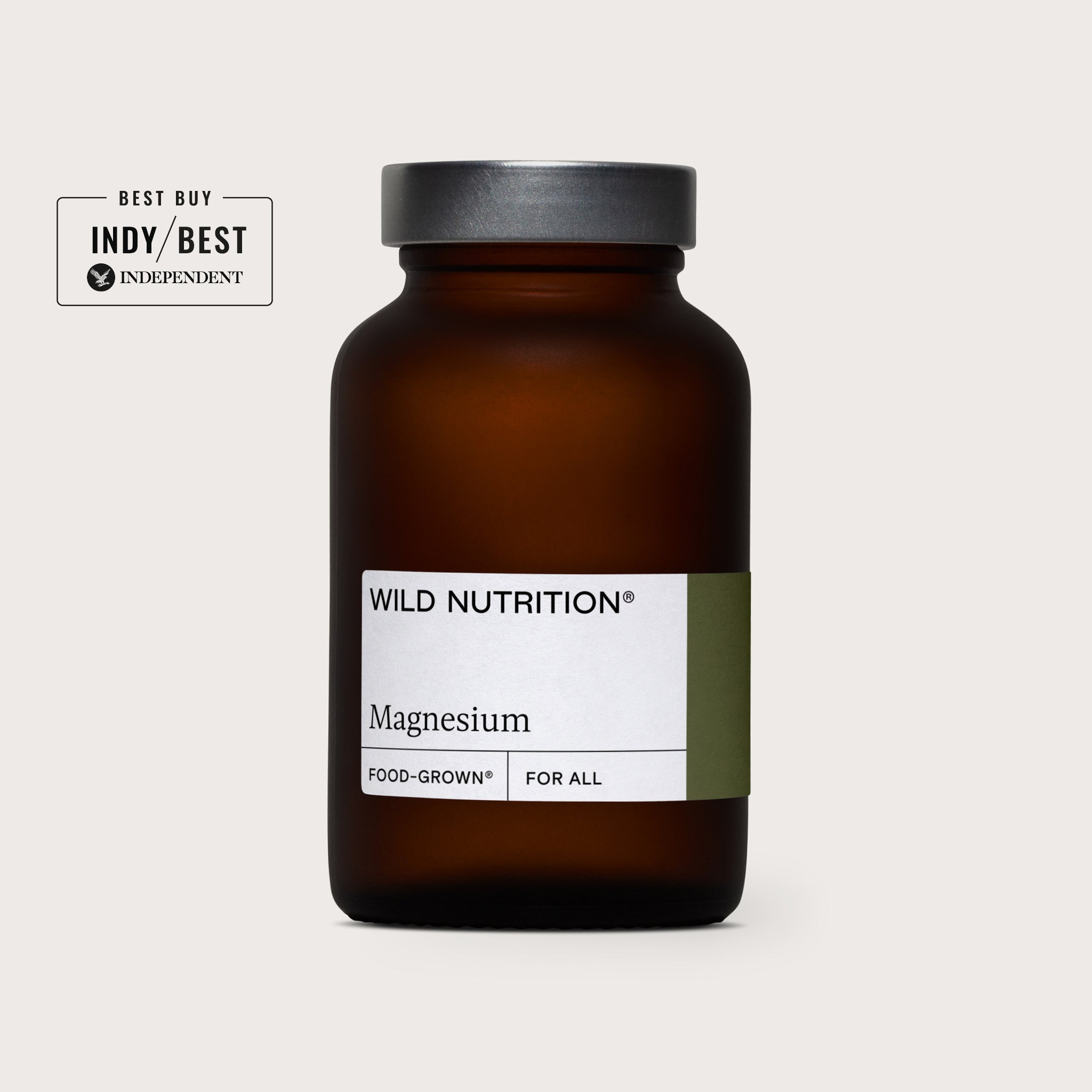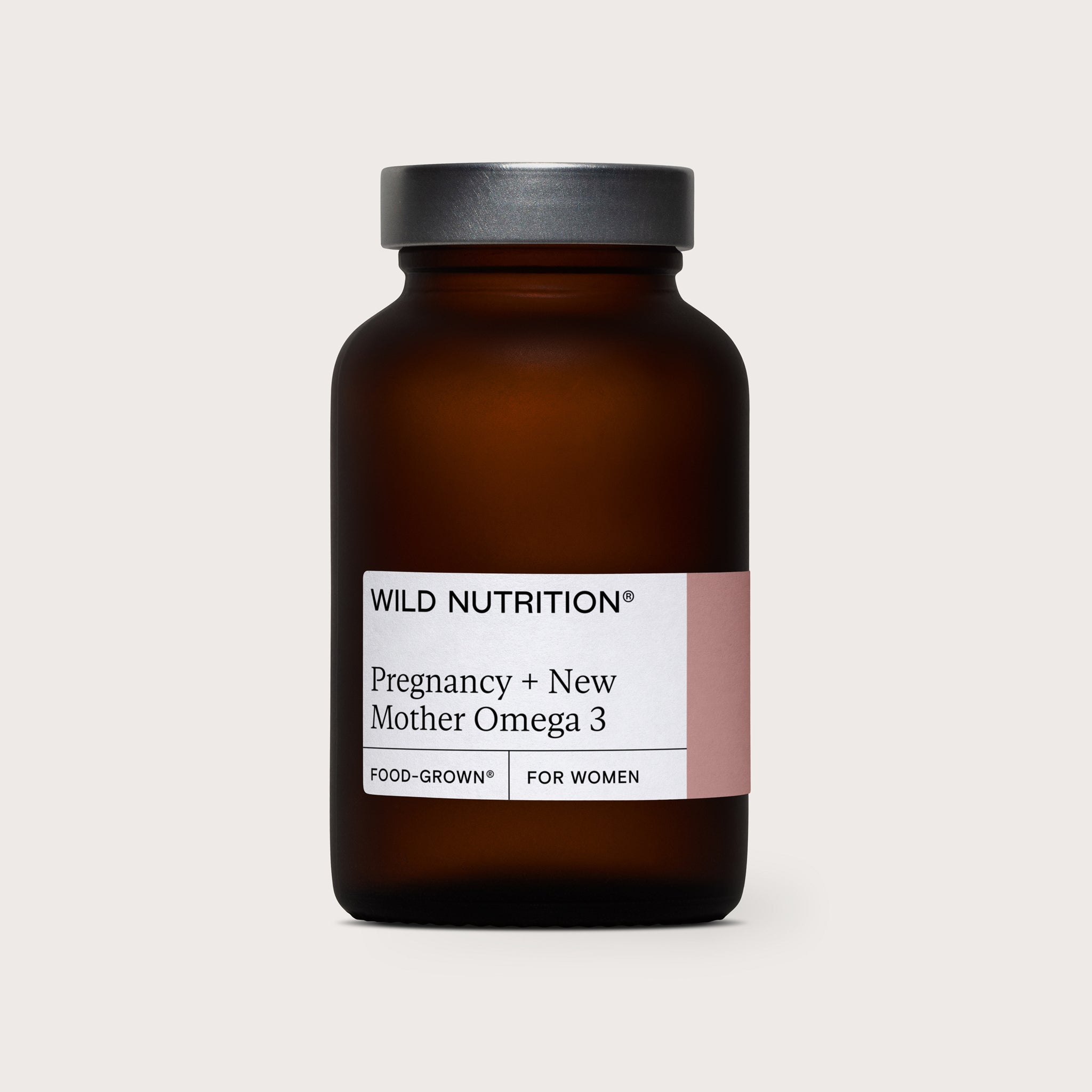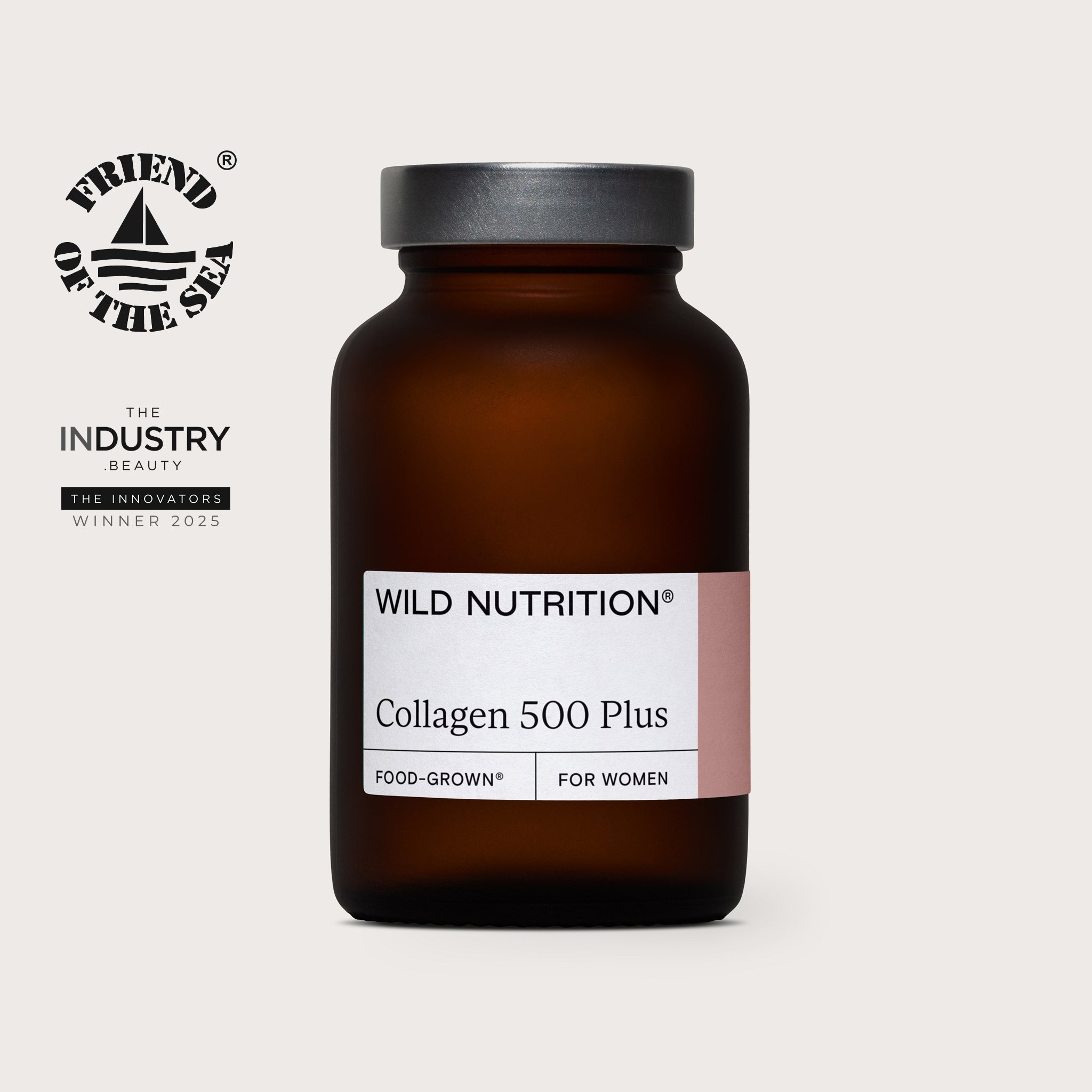
Not all supplements are created equal; but why?
Whilst I was training for my qualification in Nutritional Therapy, I worked at what was known as Fresh & Wild, now known as Wholefoods Market, in Clapham London. My day was spent dealing with customer queries and receiving training from some of the supplement brands that the store stocked.
It wasn’t uncommon for me to leave at the end of the day with a brain awash with mixed messages and a deep appreciation for the confusion that many customers face in choosing their supplements. This was 12 years ago but I know this confusion is just as rife today. I hear it when I speak to our customers at Wild Nutrition and from our ambassadors who have close relationships with our stockists.
The most common question we have is what is the difference between wholefood products, synthetic nutrients mixed with whole-foods and the process we use, Food Grown. I hope that my explanation of these different categories on the market today helps to bring some clarity to this confused haze. I have been candid about the differences but I feel passionately that this transparency and honesty is what is needed in the industry.
Synthetic Isolates
The majority of food supplement manufacturers use synthetic, isolated forms of nutrients. This is just as it sounds; a nutrient structure that is synthetically reproduced to mimic an isolated nutrient found in a food. In the case of vitamin C, this is done by fermenting corn sugar into sorbitol, hydrogenating it until it turns to sorbose and then adding in acetone to break the molecular bond. This is then processed into a tablet or capsule. There are a number of versions of this method (amino acid chelates, citrates, and carbonates for example) but they all carry the same integral flaws, they are both synthetic, isolated and are not found in nature. As a result, they will:- Never be utilised, absorbed, and retained in the body in the way food and Food-Grown nutrients are
- Always be unnatural substances to the body
- Always strain the body by requiring that it detoxify or somehow dispose of their unnatural structures/chemicals.
- Never be able to have the antioxidant effects that food nutrients do
- Always be an industrial chemical product (derived from petroleum derivatives, coal tar, hydrogenated sugars, acids, and/or industrially processed rocks)ii
Synthetic nutrients combined with plant/whole-food extracts
This is currently a popular approach for formulators of food supplements. Just physically mixing the synthetic nutrients with plant or food extracts does not achieve optimum nutrient absorption and efficiency. The nutrients still carry the characteristic flaw of being in an isolated and synthetic form but with added plant extracts. Although more effective than an isolated synthetic nutrient on its own, there is no live metabolism and conversion within the plant cell (as with the Food-Grown process), the nutrient will always remain in a synthetic structure and therefore unrecognisable to our body’s cells.Whole-food concentrates/greens
Whole-food concentrates are powdered versions of whole-foods and we think they make a great addition to food supplements. However, there are drawbacks to relying solely on whole-food concentrates for our nutrient needs. As we have already highlighted, the soil in which these foods are grown is likely to have lower nutrient levels and a higher presence of environmental pollutants. In addition, the process used to achieve these concentrates can reduce the nutrient content of the end powder.Food-Grown
Food-Grown nutrients are made by molecularly bonding vitamins and minerals, such as Vitamin C or zinc, into a live food cell. This food cell then metabolises and, crucially re-natures the vitamin or mineral, thereby becoming an integral part of its cellular matrix. This matrix now consists of not only the vitamin or mineral in its natural form but also a host of other nutrients such as glycoproteins, lipids, bioflavonoids and B vitamins. This ‘team’ of nutrients is so closely bonded that it can no longer be divided into its separate parts, just as they are found in a plant cell. In simple terms, the end result of this process is a genuine food cell containing vitamins and minerals in a structure that the body can recognise, metabolise and utilise naturally and efficiently.
My belief is that food supplements should be taken with the sole purpose of enhancing the body’s innate ability to heal and restore balance. It is not to add further toxic load or, through mega-dosing, creating imbalance elsewhere.
“Discovery consists of looking at the same thing as everyone else and thinking something different” Albert Szent-Gyorgyi 1893-1996.
Refs
i) Monsanto, the pharmaceutical manufacturers of DDT, PCB’S, Dioxins among other common pesticides and GM foods is the largest provider of synthetic supplements used by the Food-supplement industry.
ii) As published in the British Pharmocopoeia.












